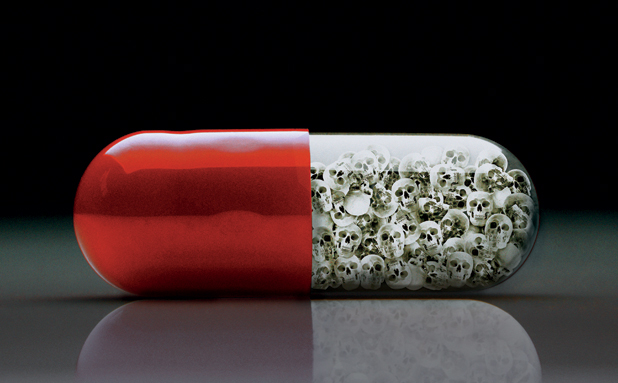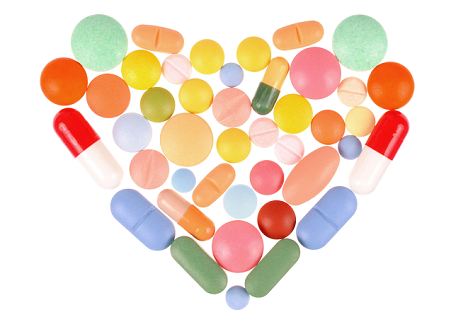
© Acupuncture Today
What I've seen in my years of adding nutrition to my practice, is that a lot of people "know" certain things about food. "Know" in the sense that we don't question the thought anymore. Like we "knew" that low-fat diets were healthy, right? (see my article titled
"Big, Fat Lies" in December).
Or that we "know" eggs can raise your cholesterol. So let's look at a big myth that when you actually learn all the facts, makes you wonder how we got so bamboozled.
Let's start with the myth that soy is a health food. Years ago, China and Japan planted soy beans, NOT as food for people, but for the sole reason of returning nitrogen to the soil since growing rice was especially nitrogen-depleting. They knew better than to eat soy, as it was particularly difficult to digest, causing gas and bloating. However, at some point someone figured out that if you buried it for six months and fermented it, it didn't cause those symptoms. And so miso, tempeh, soy sauce, and natto were created.
Soy made its way to the United States in the 1900s, where Dr. John Harvey Kellogg - the breakfast cereal king - championed the health benefits of the legume and railed against the evils of meat. Henry Ford spent $1.2 million in an effort to make soy plastics and a soy car, and Adolf Hitler and Benito Mussolini were busy promoting soybeans in traditional foods (flours, polenta, etc.) Soy products in the West are treated very differently than they are in the East -- soy is a product of the industrial revolution and is an opportunity for science to develop cheap meat substitutes, to put soy in familiar food products, and to produce soy-based pharmaceuticals. Soy wasn't even seriously considered for food until World War II shortages created a demand for cheap protein. It has been touted as healthy for decades, and the vegetarian population has embraced this, without really knowing the implications of ingesting soy.


Comment: So, it's calcium now. Soon they'll want to convince people to take drugs to lower their calcium!